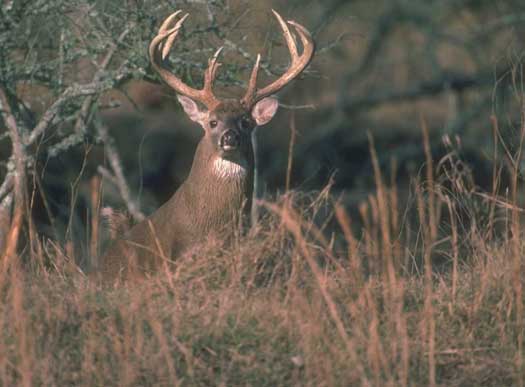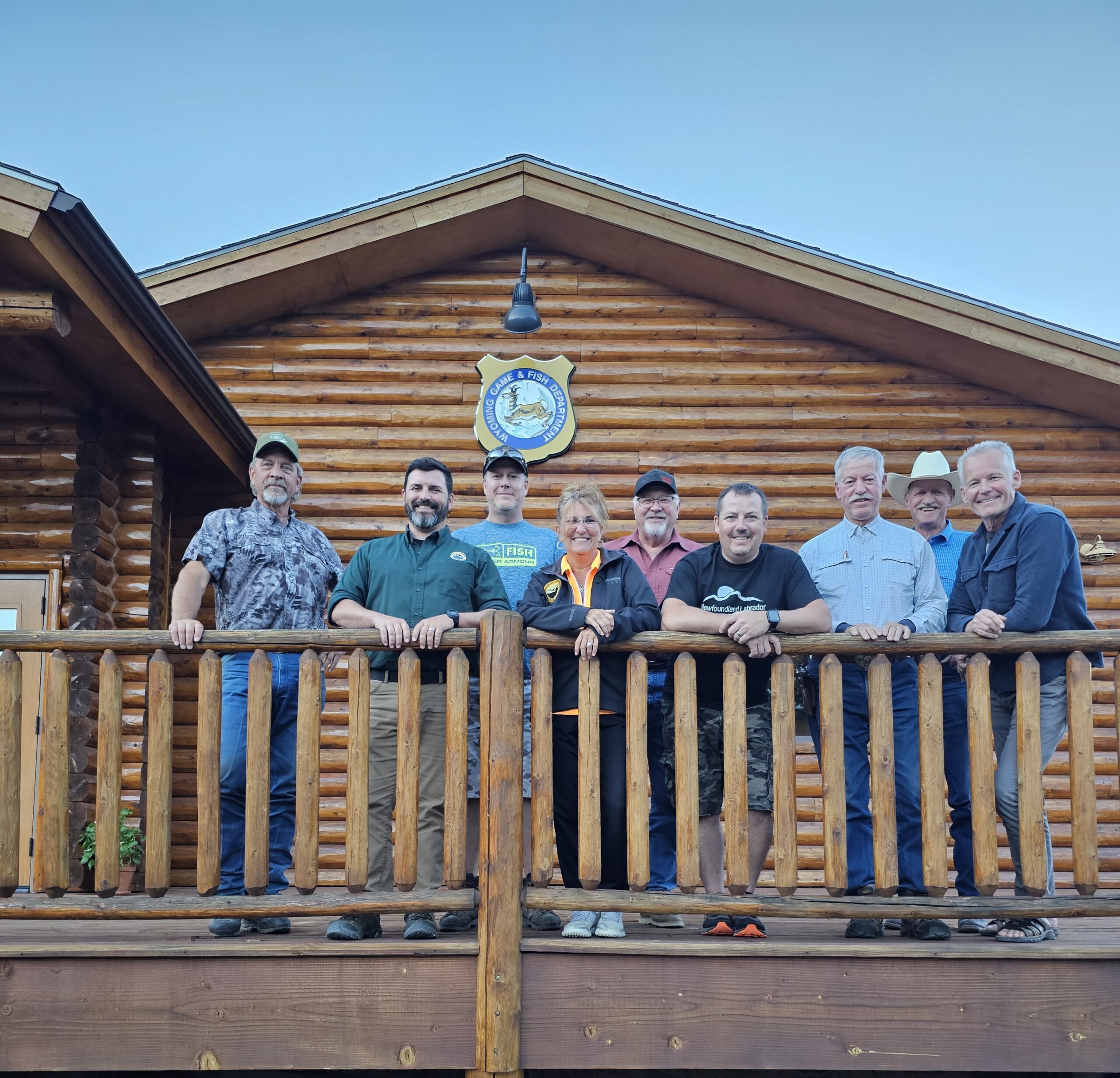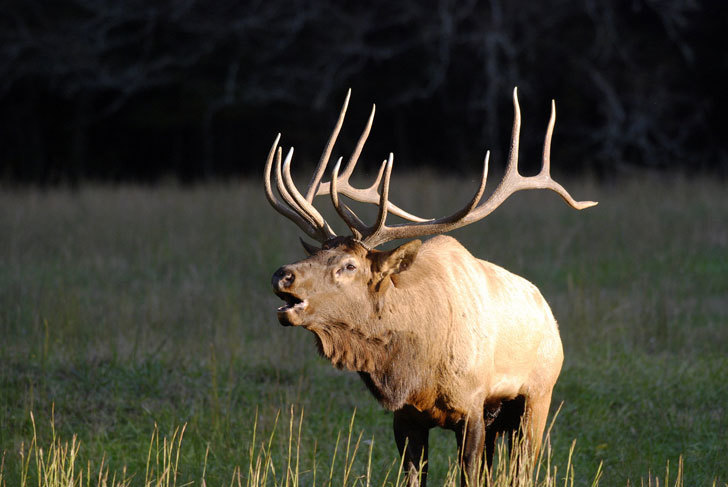It's pretty amazing what professional wildlife managers can do to manipulate animal populations to meet specific cultural, economic, or geographic needs. For example, when I was growing up in rural Virginia, the rule when deer hunting was “bucks only,” as the Department of Game and Inland Fisheries was managing the herd for growth. It succeeded. In fact, some would say they over succeeded as today Virginia has liberal antlerless deer opportunities as the Department works to either sustain or in some places even reduce deer populations.
 Indiana is no different in managing its deer herd to suit that state's needs as evidenced by the Indiana Natural Resources Commission recently approving an indefinite extension of a management tool commonly referred to as the “one-buck” rule. That rule limits hunters in Indiana to only one antlered deer during the regular archery, firearms and muzzleloader deer seasons.
Indiana is no different in managing its deer herd to suit that state's needs as evidenced by the Indiana Natural Resources Commission recently approving an indefinite extension of a management tool commonly referred to as the “one-buck” rule. That rule limits hunters in Indiana to only one antlered deer during the regular archery, firearms and muzzleloader deer seasons.
The rule was first applied in 2002 and was set to sunset after a five-year period. I spoke with Chad Stewart, the deer biologist for Indiana, about the “one-buck” rule, its background, and the effect it has had on the deer herd and hunting in Indiana.
Stewart wasn't with the Commission when the rule was implemented, but his understanding is that sportsmen and women lobbied for the rule to manage the herd for more mature deer. Steward explained that in 2001, the year before the one-buck rule was applied, 56% of the bucks harvested were yearlings. He recalls that at the time, there was some push-back from some groups of hunters, but the rule was renewed in 2007 and today 65% of Indiana hunters support the rule, and most of those support the rule “overwhelmingly.”
According to Stewart, the popularity has a lot to do with hunters seeing more bucks, and the bucks they are seeing are larger and more mature. In fact, in 2011 (the latest year for which there is data) the yearling buck harvest was only 39%. As Indiana's one-buck rule demonstrates, when hunters and game departments work together and use sound wildlife management practices, great things can happen.–Scott Mayer



